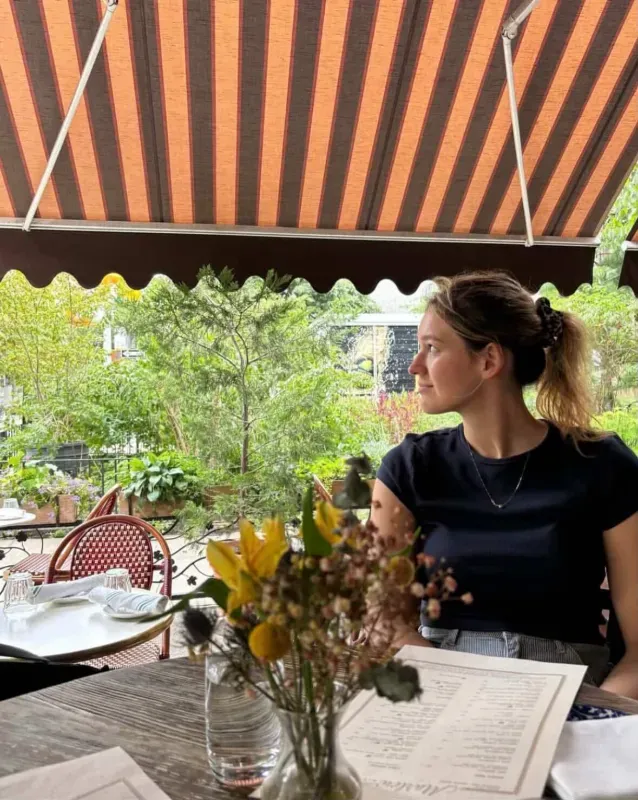Hi, my name is Delfina and I’m from Uruguay! I was accepted to Columbia ED and will be part of the Columbia Class of 2028.
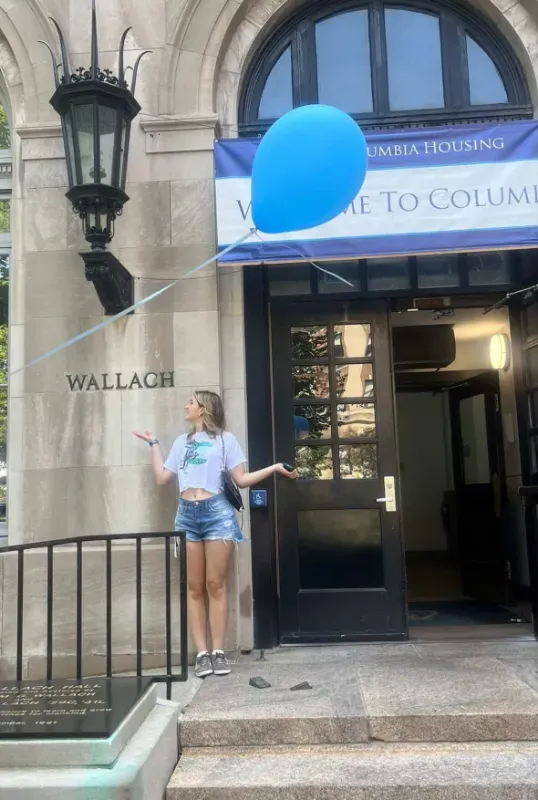
My Background
I was born and raised in Montevideo, Uruguay, and attended two bilingual high schools with Uruguay’s national curriculum (no APs or A-Levels). Switching schools during high school was tricky, but I made it work by always trying my best in class.
Why Columbia and the U.S.?
Studying abroad had always been a dream of mine, even as a little kid. At first, I wasn’t sure whether I wanted to go to the U.S. or Europe. Spain seemed like a natural choice because of the shared language, but I also loved the idea of taking on the challenge of studying entirely in English.
I only started seriously considering U.S. colleges in 2022, when I joined EducationUSA Uruguay. Until then, I didn’t even know what the Common App was or how the U.S. application process worked. That program gave me the tools (and the community) I needed to start navigating everything.
Initially, I planned to apply Early Action to Yale after attending the Yale Young Global Scholars program. But the more I researched, the more Columbia started to stand out. It wasn’t just the academics, but Columbia’s closed campus gave me the feeling of a traditional college experience, but I was still right in the heart of New York City. I could walk out of class and be in downtown Manhattan in 20 minutes. A close-knit campus and a global city is why I ended up applying Early Decision.
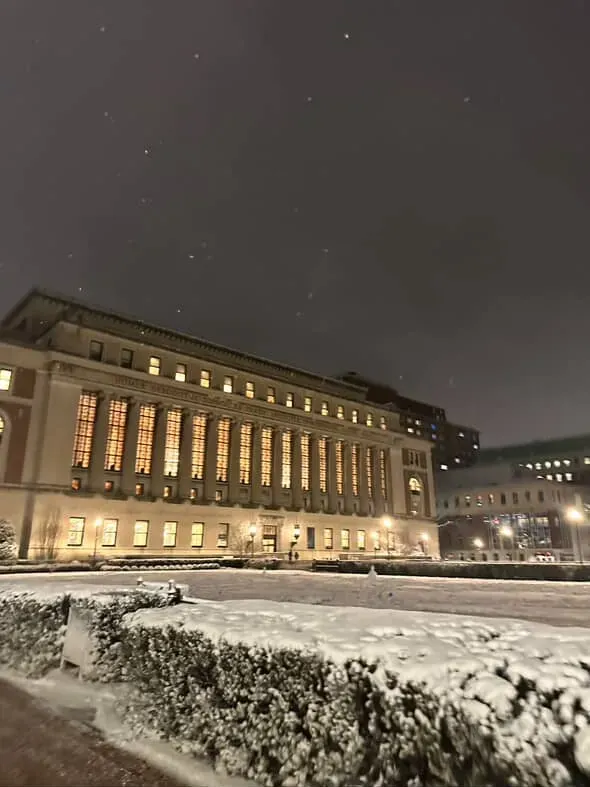
Is Columbia University in the City of New York your dream university too?
Get into Columbia University in the City of New York with Guidance
My Major
I applied as a Political Science and Economics double major but switched to Financial Economics (with a potential minor in Education Studies or Psychology) after realizing the workload for two majors at Columbia was intense. My Uruguayan high school focused on humanities and law, so economics is a new challenge, but one I’m excited to explore!
My Stats
GPA: 11/12 (Uruguayan scale (we don’t use decimals); roughly equivalent to a 4.0)
TOEFL: 111/120
SAT: took it once but decided to go test-optional instead
Application Process & Helpful Resources
I discovered Borderless on TikTok and attended a couple of their Zoom sessions, which I found super useful! I read similar stories, and eventually I posted mine about my summer at YYGS, hoping to help future applicants. I was really moved when someone at a “Techo” (an NGO I supported) event recognized me from my story in Borderless, it showed how sharing experiences can truly connect you with others!
I also received lots of help from EducationUSA Uruguay. Through their Competitive College Club, I joined a community of students going through the same process, which was super inspiring. I was the only one at my school doing the traditional college application to the US, so having peers who understood the stress and complexity made a real difference. I connected with two girls who later attended Columbia before me, and a guy who transferred to NYU, and to this day, they are really good friends of mine!
Essays & Writing Process
My personal statement revolved around my middle name, Itaré (meaning “frog goddess” in a tribal language). As a kid, I hated its oddness, but I tied it to my journey of embracing imperfection. Each paragraph described a frog’s life stage: Egg, Tadpole, and Frog.
The admissions team later emailed me saying it was “fresh and unforgettable”, which I felt super proud of.
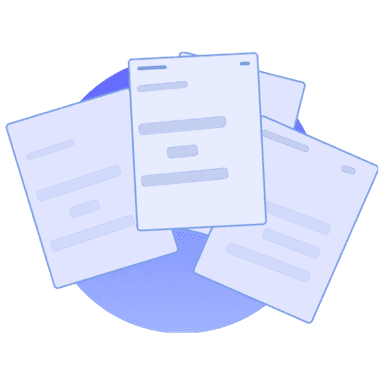
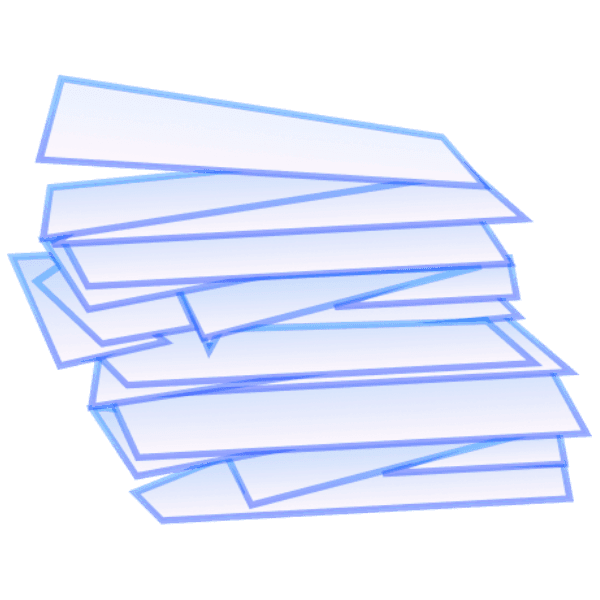
Need help crafting a standout College Essay?
Get your essay reviewed in Guidance
Extracurriculars and Leadership & Honors
During my application process, one of the biggest challenges I faced was that my first high school didn’t offer many extracurricular opportunities. I addressed this through the Additional Information section on the Common App. I want to emphasize this for anyone applying from a similar background: U.S. universities take your context into account. They won’t expect you to have done what your school doesn’t even offer. So don’t worry if you didn’t have access to APs, IB, or clubs, just do your best with what you did have!
Once I transferred to a different school, I joined the Model United Nations and served as Secretary of the Student Council. Outside of school, I volunteered with Techo, a non-profit organization that builds homes and sanitation facilities for low-income families in Uruguay.
I also became a student ambassador for Education First (EF), a global education company. My role involved encouraging others to pursue exchange programs and guiding them through the application process. At home, I helped my dad (who runs a business) launch his social media presence by creating and running an Instagram account for him.
As for honors, I listed being flag-bearer (abanderada) at both high schools, a title awarded to the top students academically. I also included my experience in YYGS, which has a very low acceptance rate. I participated in a business competition where, along with two classmates, we had to save a company from going bankrupt by restructuring their budget and planning. We made it to the finals, and although we didn’t win, we earned scholarships for that university! I also included a track-and-field competition from my earlier school, where our team placed first.
Financial Aid & Scholarships
Columbia gave me partial aid. I applied for need-based aid via the CSS Profile, a very long process requiring translated tax documents.
My advice for this is to start early since it’s quite a tedious process.
Want to get a full scholarship to your dream university?
Maximize your chances with Guidance
How It's Going
I’ve just finished my first year at Columbia, and honestly, it’s been a pleasant surprise! I wasn’t one to build up huge expectations beforehand, mainly because I can get anxious around academics and social pressure. I didn’t want to overthink things and end up disappointed, so I tried not to think about much before arriving.
Once I got there, I discovered a vibrant, international community. In Orientation Week alone, I met so many international students—by the end of the first two weeks, I already had a tight-knit group of friends! Those early friendships have stuck around, even as we’ve met classmates across all years. I still see many of my first-semester friends regularly.
Academically, Columbia is demanding but not overwhelming. It’s a different system from Uruguay. For example, instead of staying in one room all day as in high school, here you move between buildings, and sometimes sprint across campus to make it to the next class on time.
Orientation from current students was extremely helpful. Now, I’ll be an orientation leader myself this August, guiding incoming students and leading campus tours, which I’m very excited for!
College life moves fast; everyone is eager to make friends, go out, and be together all the time. I realized I needed to balance that energy with personal space. Learning to enjoy eating alone in the dining hall or taking a solo trip to the gym has helped me feel more independent and grounded, which I strongly recommend.
Speaking of the dining halls, I actually love the food at Columbia. People complain about unhealthy options, but there’s tons of variety and healthy choices, especially at John Jay dining hall. You’ll also find places like Burrito Bowls, Chef Mike’s sandwiches, and a pizza bar. Sure, they have cookies and waffles at breakfast, but there’s also fruit, yogurt, and salads available daily. Weekends are a bit more limited; most dining halls close on Saturdays, leaving only a fast-food style option called “JJ’s” open at night, but overall, the meal options are good.
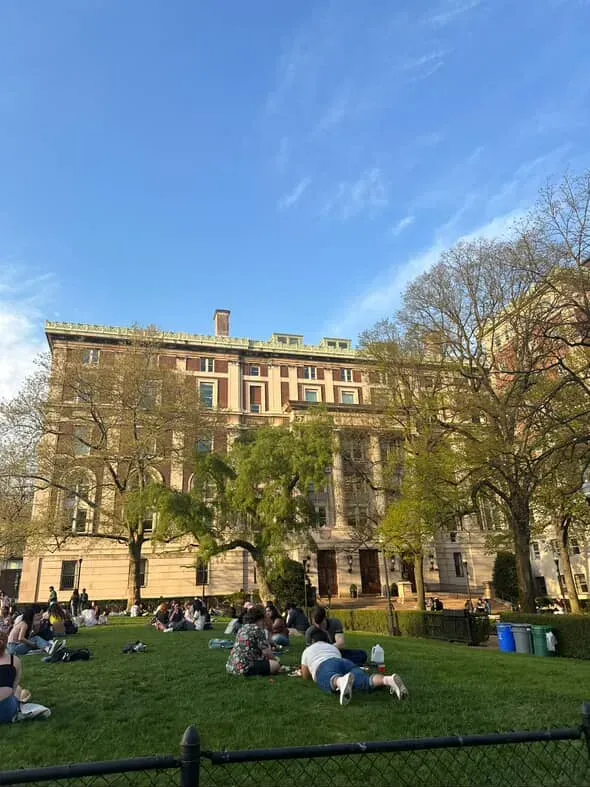
Plans After Graduation
I’m keeping my options open to whatever may happen in the future: Work in NYC for 2–3 years, pursue a master’s in Europe (where education is more affordable), or return to Uruguay!
